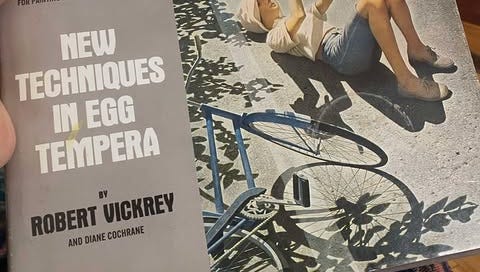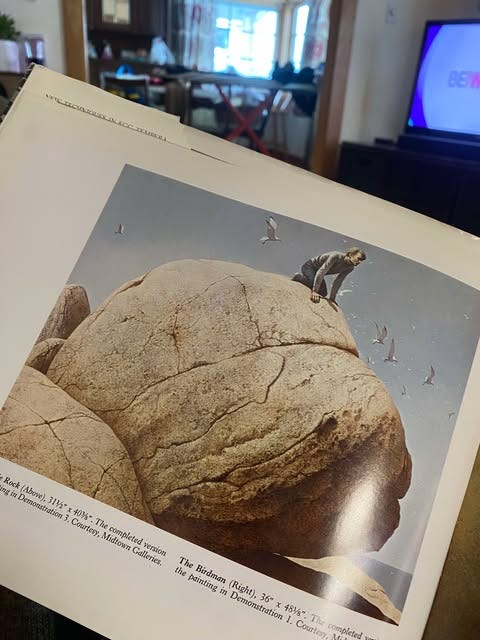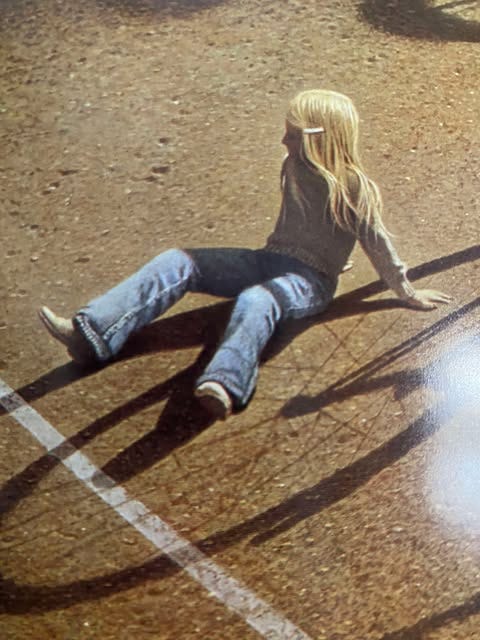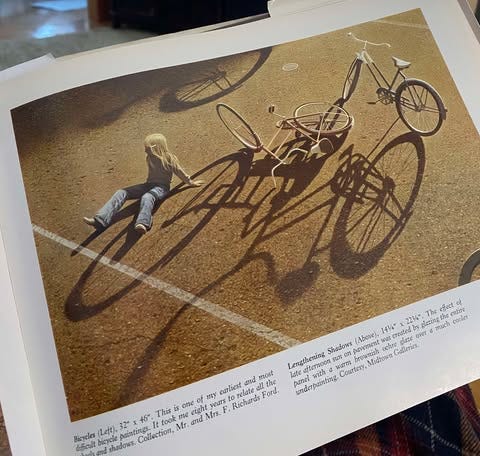As an artist you get all kinds of things thrown at you that is off base or just downright insulting. One of the most common I have had thrown at me was; if you use reference, you are not an artist. This probably is the silliest assertion that is so misunderstood about the process of creating art. The short answer, using references is absolutely critical if you want to draw or paint something properly.
This is a deep question; it is one not to take lightly as people including artist have tightly held beliefs about what a true artist is and even some artist will hide their use of reference in fear of being called out. I even came across an art school that teaches using reference is bad, the big taboo! Nothing could be further from the truth, especially if you paint realistically like myself. Here is why it is so silly. Even if you pride yourself on not using reference you did. Why, because the act of living and looking at things is collecting reference. Your brain is cataloging everything it sees. So, let’s say you are going to paint a tree from your imagination, where do you think that came from? Your right, your brain that has process seeing many trees recalls this information and then you draw it. The problem comes in when you want to go beyond a basic tree shape. For instance, if you want to paint a birch tree, I bet you could draw some without any reference and most people would get that is a birch tree. But you would be missing some subtilties about those trees, yet not important if your style is loose, but if you want realistic trees, you will bolster that drawing with some good reference. Reference is good study; a way to plan out and better understand a subject and almost every other field it is considered good form. Would you trust an investigative reporter if you found out they did not check their sources, i.e. reference. Reference will make your art better. So, take that picture, look at your subject, do some drawing and study it, your art will be much better as you pour yourself into your subject.
Next subject about reference is really a taboo one. Referencing other artist work. This ranks up there with tracing (a subject for another post.) Of course, coping someone’s artwork is plagiarism and that is not ethical. What I am meaning is looking at their work, their methods and learning from and even applying what you learnt to your work. There is nothing wrong with this. Even if you were doing something unethical and copied some’s work of art it would not be the same, it still came from you but would be wrong. You want your art to be yours. But to be influence even if your work has some qualities of that artist is natural and helpful in exploring techniques and methods.
The work of the late Robert Vickrey is brilliant and is a good example of Egg Tempera. His methods are not the traditional methods of using this medium. He doesn’t crosshatch like most Egg Tempera artist do, instead he glazes and stipples and splatters to achieve his Magic Realism. I have studied how he uses sponges to create rock textures and learned a lot from him about glazing.
My work doesn’t look anything like his, but I have employed a lot of his techniques. His book is called “New Techniques in Egg Tempera.” This implies he wants you to learn about his techniques. I bet he doesn’t want you to copy his art but would have loved to know you got something out of his work.
His work is impeccable and rich and there is a lot to learn from his process. So, my advice is to use reference, learn from others, make art and don’t listen to those that have misguided beliefs about art and how to make it. Just make art, dive deep into it and study what other artists do in the making of their art, especially if they are offering their techniques to you. In the end it is your art and your process and no one else’s business. When it comes to art, just do you.
I am not a writer. I write as if I am talking to you and have no pretenses of being a great writer. So, forgive me if I have typos or my writing is not the best English prose.
-Parsons
Publishing note: All rights to these images are the sole property of Watson-Guptill Publications, a division of Billboard Publications, Inc.







